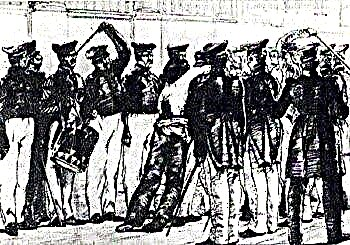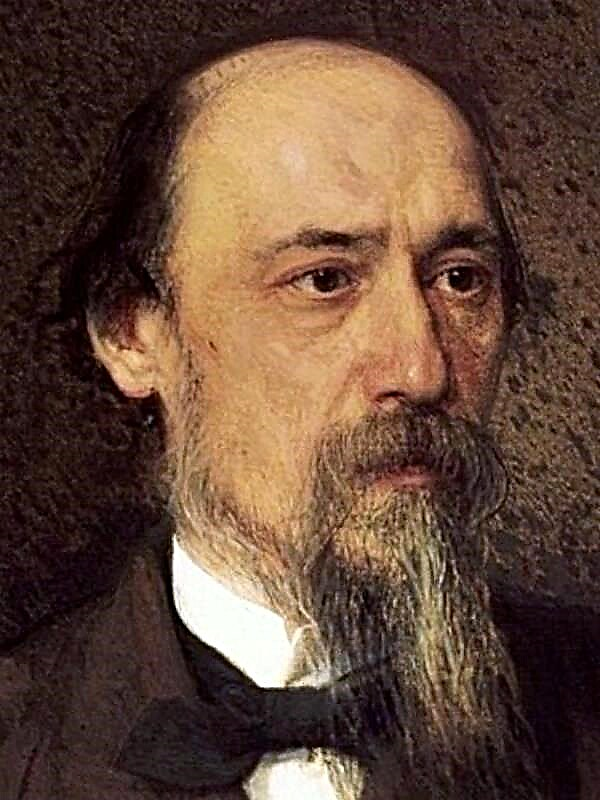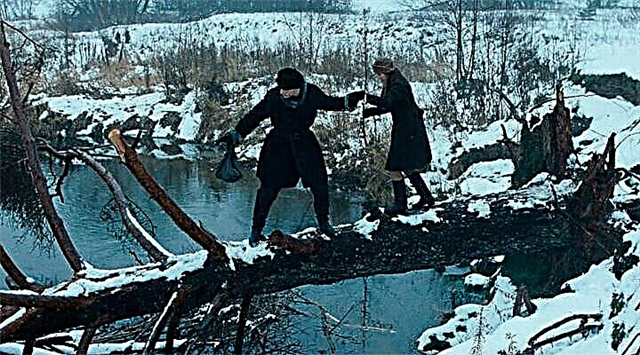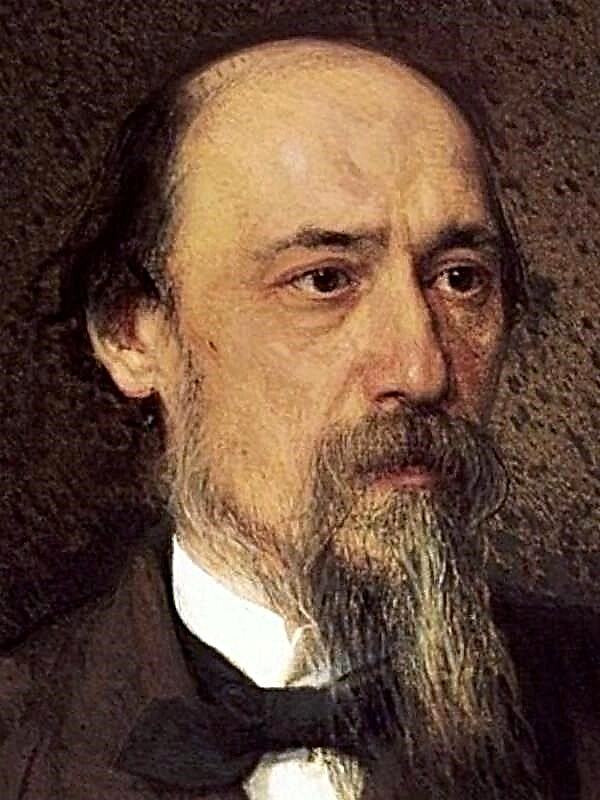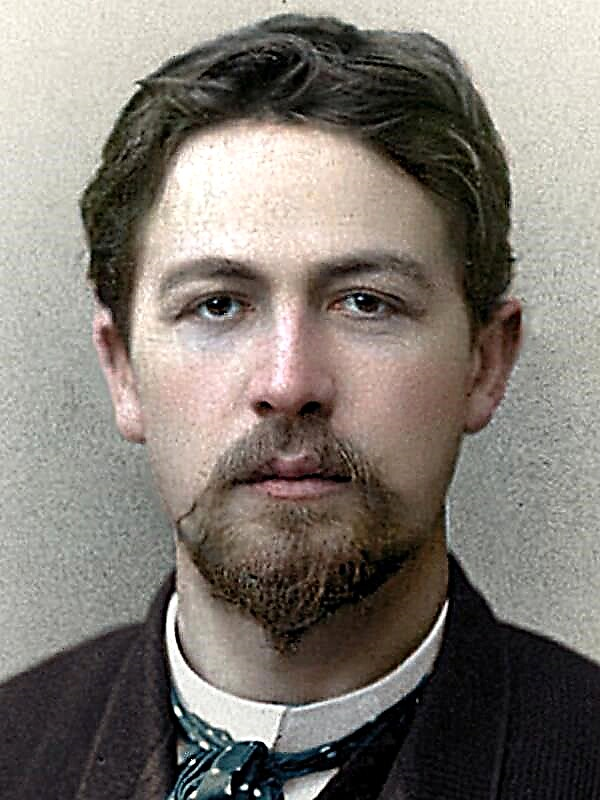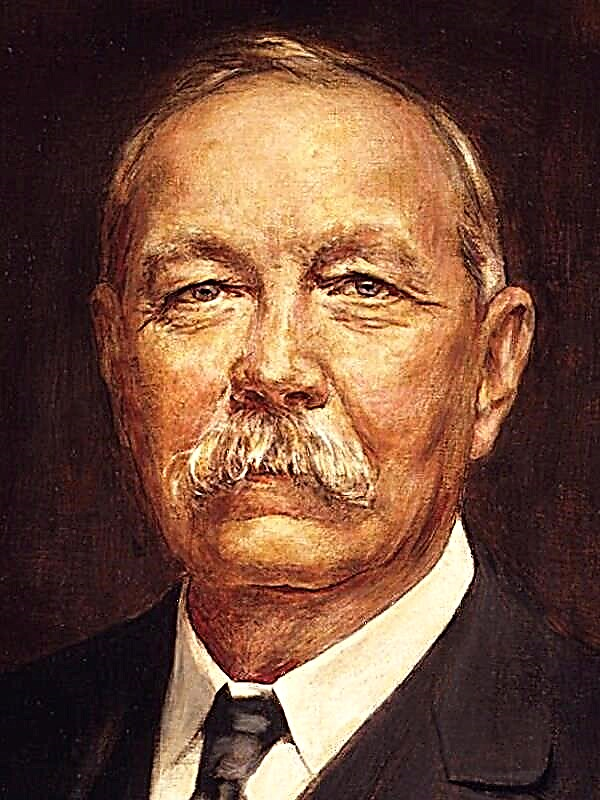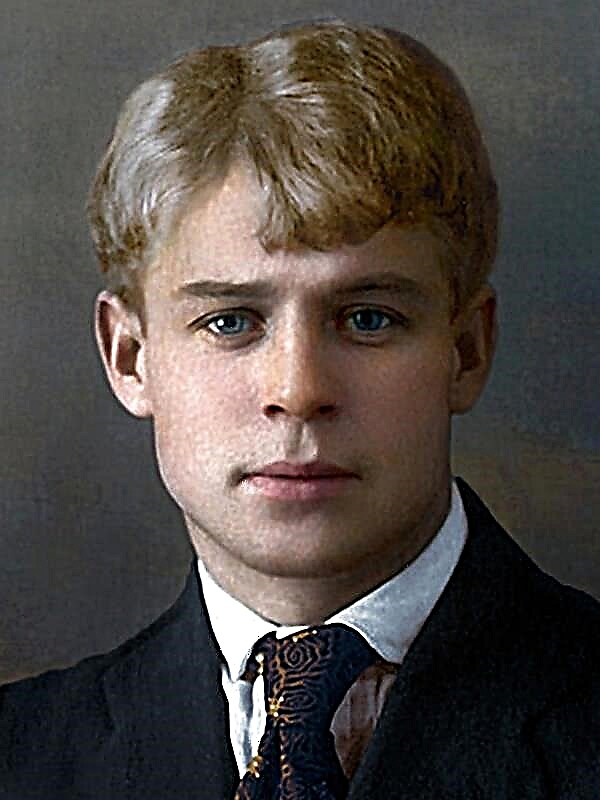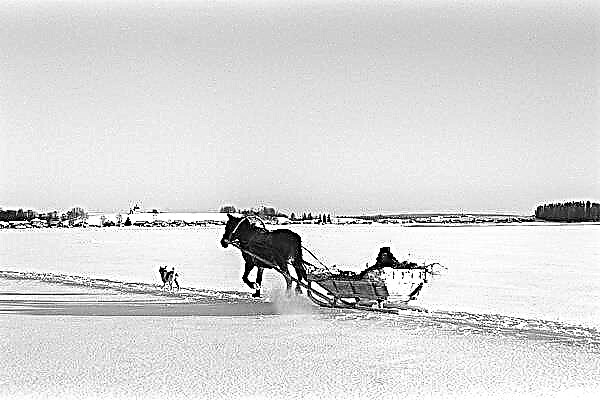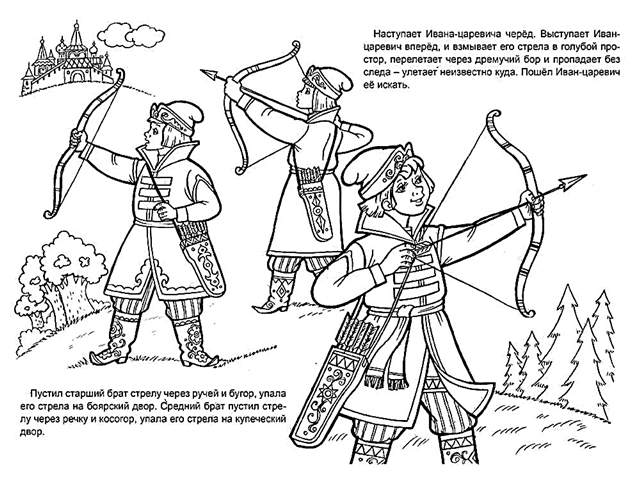Charlotte Bronte is an English writer, author of many works. Known around the world for her best love story called Jane Eyre. It is curious that the whole family of the author was creative. Her younger sister, Emily Bronte, wrote the well-known Wuthering Heights, another sister, Anne Bronte, wrote poetry and wrote two books, the only son in the family started as a writer, but later began painting. Thanks to his work, we can know exactly what famous novelists looked like, since he often painted portraits of his sisters.
History of creation
The novel was first published in 1847. At that time, Charlotte Bronte was writing books under the pseudonym Correr Belle. The work was published under the name "Jane Eyre: Autobiography." It was published in Russia in 1849 in the journal "Domestic Notes".
Once Charlotte Bronte thought: “Why does all the characters in the novels make it unimaginably beautiful and beautiful?” To which her sisters told her that otherwise you won’t attract the reader. The writer objected to them, saying that she would make her heroine unappealing in appearance, but absolutely captivating with her mind and personal qualities. That is what Jane Eyre has become.
The whole plot of the novel is completely real, not a bit invented and perhaps a little supplemented. Ms. Bronte heard this story as a teacher at Margaret Wooler School in Row Head. She was deeply moved by what had happened. There was a huge amount of rumor about the poor governess, who remained in distress with the child, being like a wife and at the same time not the wife of a rich man. These facts are described in the book by Elizabeth Gaskell, "The Life of Charlotte Bronte," 1857.
Also, the early events of the novel, where Jane gets to school with poor conditions, are not invented either. Charlotte Bronte described her life experience when she and her sisters studied in a similar place. Her two sisters died in childhood due to terrible conditions at a school in Cowan Bridge. The prototype of Jane Eyre's girlfriend, Helene Burns, was the older sister of the writer, Maria Bronte.
Genre, direction
The work is written in a combination of genres such as autobiographical and socio-psychological novel. The 19th century is characterized by a romantic trend with a mixture of realism. The book was written in the Gothic style, which is also characteristic of English literature in the first half of the 19th century.
Realism in this work is acquired by describing secondary characters, their way of life, and the estate system characteristic of the time in England. The so-called “background” for the main characters highlights the romantic love story of Jane Eyre and Mr. Rochester. Mr. Rochester’s gloomy castle, a terrible secret hidden in its walls, a distraught wife who pounces on people like a vampire - all this is characteristic of the Gothic style of the work.
The main characters and their characteristics
- The main female character: Jane Eyre. She lived in her uncle's family as a child. He took the girl to him after the death of his sister. But he himself soon died, taking a promise from his wife that she would take care of the girl. Despite the wealth of her uncle's family, the poor relative lived in hardship, as Mrs. Reed hated the child, completely indulging her children who mocked little Miss Air. Later, the aunt sends the girl to a school called Lovud. There she spends all her childhood. The heroine herself is a very smart person who has her own opinion about any issues. And this is not bad, but the servants and uncle's family considered it a bad temper, rebellion and even an obsession with an evil spirit. Jane loved spending time behind an interesting book, constantly re-reading her favorite fairy tales, dreaming of someday seeing unusual creatures. While at school, she still “rebelled” and sincerely did not understand why adults behave so terribly. But over time, the girl realized how to behave so that they would not find fault with her. She became calmer, but her disposition and mind remained vibrant and unaffected by others. She finished school with honors, and later remained a teacher there. But a calm life in Lovud and a stable routine are not enough for the heroine. She felt with all her heart that she needed something more. What she has is not the limit of her dreams and possibilities. She needed freedom. Jane was fond of drawing, she was attracted to the world, and the world itself was drawn to her. Although she did not have an attractive appearance, good manners, a firm, principled character and an interesting mentality disposed people to this wayward person. Jane was a strong personality. Throughout the novel, we see how the potential of the heroine grows. And in the final, she lives up to our expectations.
- Main male character: Mr. Rochester. Wayward, proud and stern man. He does not tolerate disobedience, but loves smart interlocutors who are able to defend their own opinions. Despite his strong character and impenetrable heart, in the soul this man suffers and suffers from the inability to be happy. On it lies the burden of responsibility, which smothers all his spiritual impulses. He is afraid of love, afraid of becoming attached. But when he falls in love with Jane, the other side opens for readers. His love is passionate, ardent, and as inflexible as he is. He is a responsible person. He was deceived, but he, as promised, continued to protect his crazy wife. He unselfishly raised the daughter of his mistress, without blaming her for anything. He, just like Jane, is interested in the world around him. He traveled to many countries. Mr. Rochester is smart and has his balanced and thoughtful opinion about everything in the world. During the novel, his deep nature reveals itself like a flower. From a cold gaze, a stone facial expression through short touches to passionate kisses and hugs.
Themes and Issues
- The author raises topic of women's independence. Because of love, do not lose your head and betray your dreams and aspirations. A woman has the right to achieve her goals. A man and feelings for him should not limit her. The life of a lady is not only about raising children and serving her husband. The writer proved her claims with her own life experience. She honestly earned a living bypassing the humiliating fate of the wife of convenience.
- Also affected topic of education. Young Jane, despite her loneliness, lack of parents, grew up kind and understanding. While the children of her uncle grew up spoiled and completely unpleasant personalities. They had a mother, had a good education, but the indulgence of the family in all their whims, following the same limited mind of their mother, made them so. They have a callous heart, they are disgusted with poor people. Despite the bullying, lack of love, Jane grew up a wonderful person. And the point is not in the external factors that influenced her, but in herself, in her temper and her self-education.
- Theme of education intersects with the theme of the family and relationships in it. Of course, this public institution has a very strong influence on the individual, so parents should be fully aware of the responsibility for the future of their children. At the same time, the absence of these sacred bonds does not give a person the right to launch himself and give up on his fate. In memory of lost love, of deceased ancestors, he must grow and develop, despite the vicissitudes of fate.
- In addition, the writer touches religion theme. Thus, in the person of a priest, Mr. Brocklehurst, a collective image of many clergymen who do not have true faith is revealed. They are hypocritical and sometimes tyrannical in their innocence. Also, the servant of Jane Eyre, Hannah, considers herself a true Christian, but, nevertheless, quite often blames Jane for poverty. A true Christian should not do this. Charlotte Bronte acted really bravely, showing the British of that age such an image of a priest and the face of believers. Moreover, she herself was the daughter of a clergyman. In those days, such a trick could cost a person freedom, the British were an extremely Puritan society.
- Also, the author reveals the problem of the difficulty of choosing a life path. Young Jane realizes that working at school does not bring any pleasure. She is afraid to change something, but nevertheless, she longs to break out of the routine. Only the strength of character and the understanding that she can see another life and achieve something big, help her take that very step towards a new future and new discoveries.
- Well and of course love theme between man and woman. Difficulties in recognizing and overcoming differences in social status. The clash of two wayward and proud persons. Life barriers and difficulties in overcoming one’s own fears. But in the end, love still remains love, and everything else ceases to matter.
Meaning
The main idea of the work is that a woman should not depend on a man and indulge him. If she feels that she wants to achieve something herself, then she should do so. A woman should strive to remain herself even in marriage. Even if the man and woman have an unequal position in society, she is obliged to maintain her dignity and not allow herself to be enslaved. The path of freedom is thorny, the author does not hide it, honest earnings for a lady still remain a difficult task, because many people live by stereotypes from past centuries and are not ready to accept the independence of the weaker sex. Even today this book has not lost its urgency, even today it readers find themselves in the image of the main character.
The writer also emphasizes that, despite the external unattractiveness and difficult life circumstances, a woman will be able to achieve success if her personal qualities are at their best. This is the main idea of the work. Kindness, intelligence, honesty, bright thoughts and hard work will always be appreciated by the same moral people. It is they, and not the beautiful outer shell, that can attract a reliable and devoted life partner. To find him, you need to remain true to yourself and your principles, not to give up. These conditions will help in self-realization.
Criticism
After publication, the book received good reviews and the love of readers. And also the meter William Thackeray himself spoke well of the novel, to which Charlotte Bronte devoted her second edition of Jane Eyre. The writer respected his work very much and in some places tried to resemble him in writing. However, stingy hints began to appear in society that perhaps William Thackeray is the prototype of Mr. Rochester, since the writer's personal life partially coincided with the grief of the main character of the novel Charlotte Bronte, his wife was crazy. It was said that he also made the writer a prototype of his heroine Becky Sharp in the Vanity Fair.
At the moment, the novel takes 10th place in the list of 200 best books according to the BBC. The novel was filmed many times. Series, films have been shot on it. About three more books from other authors were also published in which they continued and developed the love story of the main characters. All this testifies to the greatness of this work of Charlotte Bronte.
Initially, it cannot be said that the novel was accepted by absolutely everyone. Still, the writer went against the usual moral rules of the British. So, in the journal Quarterly Review (1848) an article was posted by a certain Miss Rigby, who severely condemned the main character of the novel and reproached her for the rebellion and independence of her spirit, saying that she was not grateful that others had given her.

